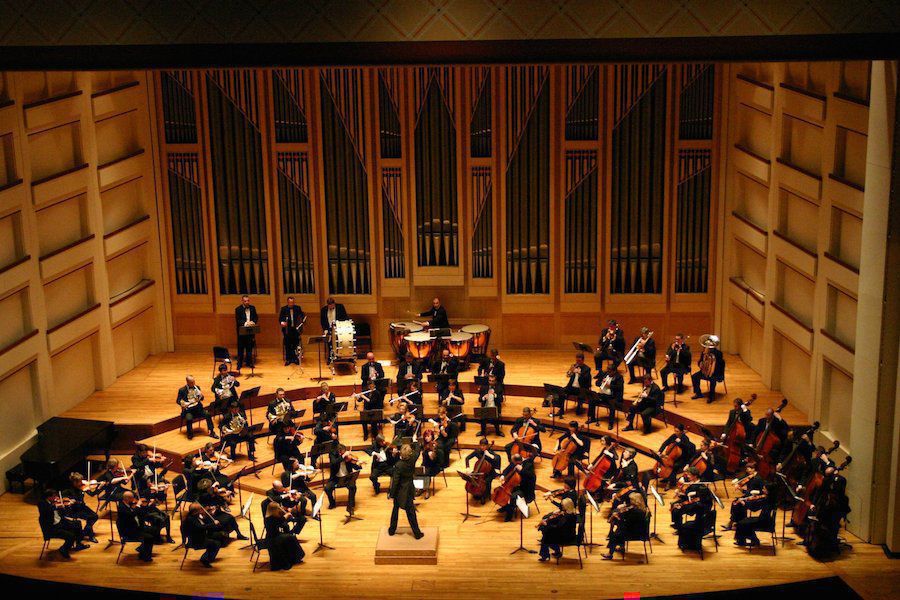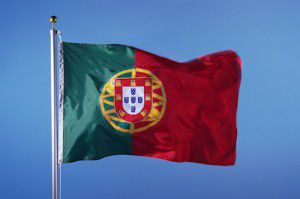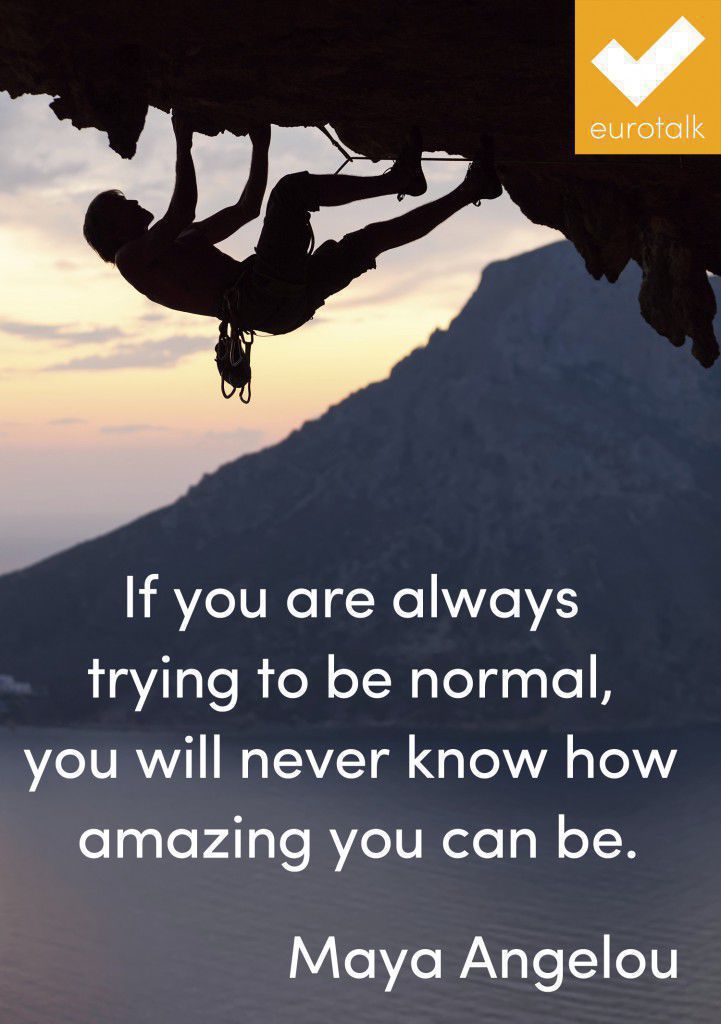Introduction to: Tok Pisin
Halo! Nem blo mi em Nat. Gutpela lo meetim yu!
Or, in English: Hello! My name’s Nat. Nice to meet you!
Today we’re having a short introduction to Tok Pisin (literally, ‘Talk Pidgin’), one of the three official languages of Papua New Guinea (along with English and Hiri Motu).
We recently recorded Tok Pisin for our uTalk app (coming in the next update), with our delightful voice artists Rhonda and Patrick, and I was intrigued by how the language works. Tok Pisin grew up out of a country teeming with hundreds of other languages – even today, there are still over 800 languages spoken in PNG. Tok Pisin developed as the lingua franca, a common tongue everyone could use for trade and communication. Nowadays, it is a language of instruction in schools and the mother tongue of over a million people, with millions more speaking it as a second language.
Beyond a doubt, Tok Pisin is a complex language with plenty of grammar rules to learn, but I am reliably informed that after a few weeks of immersion you would start to pick up the basics, and even during our recording session I was recognising some logical constructions in the language. For example, we have:
hausik (house sick – hospital)
haus moni (house money – bank)
haus krai (house cry – mourning house)
haus kaikai (house eating – restaurant)
Once you pick up a few basic elements, it all seems to make a little bit more sense:
Wara is ‘water’, so you can see how solwara (‘salt water’) means ‘sea’.
Liklik is ‘small’, so you can see that liklik prais (‘little price’) is ‘cheap’.
Liklik maunten (‘little mountain’) is a ‘hill’.
And:
Ples blong means ‘the place of’, so ples blong waswas is a bathroom.
Ples blong silip is somewhere you sleep.
Ples blong kaikai is a dining room, or somewhere you eat.
My favourite construction is the suffix –pela (apparently from the English ‘fellow’), which modifies nouns and adjectives. So although wan is simply ‘one’, if you’re qualifying a noun then it becomes wanpela: ‘one doctor’ is wanpela dokta. Similarly ‘big’ is bikpela, ‘this’ is dispela, ‘good’ is gutpela, ‘we’ is mipela, ‘you’ is yupela, strong is strongpela.
Knowing all this, can you work out what this sentence means? Tell us your suggestions in the comments, and we’ll reveal the answer tomorrow…
Dispela wara ino gutpela blong drink.
If you’re finding that you’re as captivated as I was, and you’d like to learn a bit more, get one of our Tok Pisin products and start learning!
Nat
(Answer: This water is not safe to drink.)
3 surprising facts about the relationship between language and music
It’s often said that music is the “universal language of mankind”. Indeed, like language, music has great expressive power, and manages to convey a vast array of sentiments and emotions, even without the use of words. But just how connected are language and music? Research suggests that the relationship between the two may be even stronger than it appears at first glance. Let’s take a look at some of the surprising ways in which language and music are connected.

You’re not likely to confuse Beethoven’s Fifth for Lincoln’s second Inaugural Address, but music and language have more in common than you might think. Image via Derek Gleeson / Wikipedia
1. They share the same basic building blocks
Even on a very basic level, music and language are similar in that both are compositional. This means they are made of small parts that combine to create something larger and more meaningful; in other words, their whole is greater than the sum of their parts.
For example, languages consist of individual words that combine in meaningful ways to create sentences. In isolation, the words “I”, “you”, and “love” don’t mean much — but when combined into a sentence, “I love you”, suddenly they carry great importance.
Similarly, music — at its most basic level — consists of individual notes. Like words, these aren’t particularly meaningful by themselves: hearing an E flat in isolation likely won’t stir up any serious emotions. But when you combine the E flat with a C and a G, you have a C minor chord: something meaningful has been formed.
2. They involve the same areas of the brain
For decades, scientists have isolated specific brain regions that are responsible for the comprehension and production of language. One of the more notable regions is Broca’s area, which is located in the left-hemisphere frontal lobe and plays a crucial role in language comprehension and production. Specifically, Broca’s area seems to be responsible for our ability to use syntax —the structural rules that languages have so that sentences make sense.
Recent studies have also found that Broca’s area is crucial in the comprehension and analysis of music. Indeed, brain scans have found increased neural activity in Broca’s area when subjects heard and interpreted both speech and music. Further, research shows that, compared to non-musicians, musicians have a greater volume of grey matter in Broca’s area, suggesting that Broca’s area may be responsible for both speech and music.
3. Musical training can improve language skills

Image via Montserrat Labiaga Ferrer / flickr
In 2011, developmental psychologists from Justus-Liebig University in Germany conducted a study to examine the relationship between the development of music skills and language skills. To do this, they separated pre-schoolers into two groups, one of which received daily music lessons at school.
Later, they measured the pre-schoolers’ phonological awareness, which refers to their general ability to use and manipulate language. For example, children with good phonological awareness can recognize when words rhyme, can successfully identify individual sounds within words, and can blend together individual sounds to create words. Early phonological awareness has been shown to be a predictor of enhanced reading skills later in life.
The study found that the children who received daily music lessons ended up with higher levels of phonological awareness than those who did not. This suggests that the development of music skills and language skills go hand in hand, which makes sense if music and language are served by the same underlying brain areas.
As you can see, there are more parallels between language and music than meet the eye! On both a descriptive and neural level, language and music have a lot in common. As language learners, you can take advantage of this relationship by incorporating foreign-language music into your daily language-learning routine. In addition to providing you with great music to listen to, you’ll be exercising the same part of your brain that’s responsible for language skills.
Do you listen to music in your target language? What are some of your favorite foreign-language songs? Let us know — leave a comment!
Paul writes on behalf of Language Trainers, a language tutoring service that offers German classes in Dublin, as well as courses for other languages all throughout the world. You can check out their free foreign-language level tests and other language-learning resources on their website. Visit their Facebook page or contact paul@languagetrainers.com if you have any questions or if you’d like more information.
Quote of the day: 28 Mar 2015
“The power of imagination makes us infinite.” John Muir
For more like this, find us on Pinterest or We Heart It.
Follow my blog with Bloglovin
Embed This Image On Your Site (copy code below):
Junior Language Challenge: why Portuguese?
The Junior Language Challenge 2015 launched last week, with children all over the UK learning Portuguese in the first round of our national competition. If you’re wondering why we picked Portuguese, here are a few fun facts about one of the world’s most widely spoken languages.
Boa sorte to everyone taking part in the Junior Language Challenge – and if you’re a parent or teacher of children aged 10 or under, take a look at the JLC website to find out more – it’s a lot of fun!
Portuguese facts and figures
 Portuguese is the official language of Brazil, Mozambique, Angola, Portugal, Guinea-Bissau, East Timor, Equatorial Guinea, Cape Verde, and São Tomé and Príncipe.
Portuguese is the official language of Brazil, Mozambique, Angola, Portugal, Guinea-Bissau, East Timor, Equatorial Guinea, Cape Verde, and São Tomé and Príncipe.
It’s a Romance language, along with French, Spanish, Italian and Romanian. This family of modern languages derives from Latin, which was spoken in the Roman Empire – hence the name.
Portuguese is the second most spoken of the Romance languages, after Spanish, and it’s the seventh most widely spoken language in the world. That said, there are significant differences between European and Brazilian Portuguese, so make sure you learn the right one before you travel! (We offer both…)
Portuguese and English
Some Portuguese words that we’ve adopted in English – piranha, flamingo, cobra, albino, palaver, mosquito. Does anyone know any more?
Saudade is a word with no direct English translation, which means a feeling of longing or nostalgia for someone or something that may never return.
Famous Portuguese speakers
José de Sousa Saramago (1922-2010), who won the Nobel Prize in Literature in 1998.
Luís Vaz de Camões (1524-1580), often considered the Portuguese language’s greatest poet, and best known for his epic work, Os Lusíadas.
Explorers Vasco da Gama, the first person to sail directly from Europe to India, and Ferdinand Magellan, the first to sail around the world. Some people also think that Christopher Columbus was Portuguese too, although most agree he was actually Italian.
Footballer Cristiano Ronaldo and manager Jose Mourinho, who are both from Portugal.
Actor Rodrigo Santoro and former racing driver Rubens Barrichello both come from Brazil, as did singer and actress Carmen Miranda.
Portuguese idioms
Like every language, Portuguese has its own idioms. Here are a few of our favourites:
A galinha do vizinho é sempre mais gorda
Translation: your neighbour’s chicken is always fatter
Meaning in English: the grass is always greener on the other side
Burro velho não aprende línguas
Translation: an old donkey doesn’t learn languages
Meaning in English: you can’t teach an old dog new tricks
Água mole em pedra dura tanto bate até que fura
Translation: water dripping day by day wears the hardest rock away
Meaning in English: persistence pays off
Did you know?
Tom Hanks, Keanu Reeves, James Franco and Nelly Furtado all have Portuguese heritage.
There’s an interactive Museum of the Portuguese Language, which opened in 2006 in São Paulo, Brazil. The 12,000 square foot museum is in the Estação da Luz train station.
Most importantly…
Portuguese was the language learnt by Colin Firth in Love Actually, so that he could ask a girl to marry him.
Quote of the week: 21 Mar 2015
“If you are always trying to be normal, you will never know how amazing you can be.” Maya Angelou
Embed This Image On Your Site (copy code below):



